The Forgotten and Bizarre Foods We All Ate in the 1970s
Home kitchens in the 1970s leaned heavily on convenience and creativity, sometimes in ways that feel unusual today. Packaged mixes, canned goods, and gelatin molds shaped much of what ended up on the table. A few dishes are still familiar at church suppers or family potlucks, but many others have faded into old cookbooks and family memories.
Jell-O Salads With Suspicious Fillings
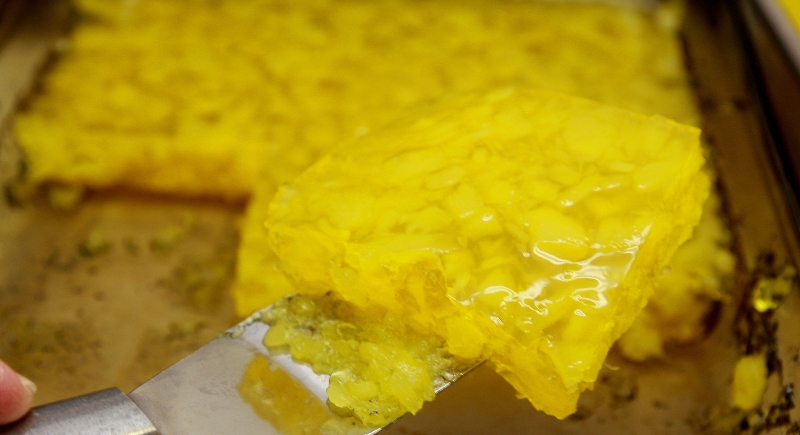
Credit: Getty Images
Jell-O wasn’t limited to fruit. Canned tuna and even mayonnaise found their way into molded gelatin creations. The appeal came from their visual shock value as much as their flavor. Cookbooks proudly offered versions suspended in lime gelatin or layered with cottage cheese.
Hamburger Helper’s One-Pan Glory
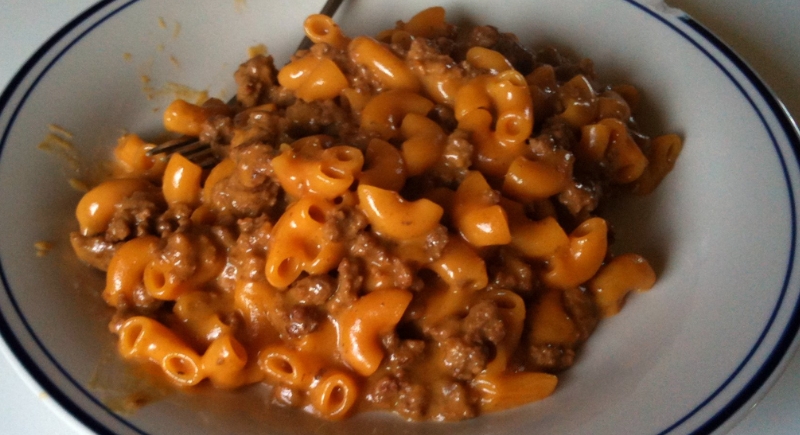
Credit: Wikimedia Commons
Hamburger Helper helped families stretch a single pound of beef into a full meal with a packet of pasta and seasoning. It became so popular that General Mills added a cartoon mascot, the Helping Hand, by 1977. At its peak, the brand offered flavors like Chili Tomato and Rice Oriental.
Cheese And Pineapple Hedgehogs
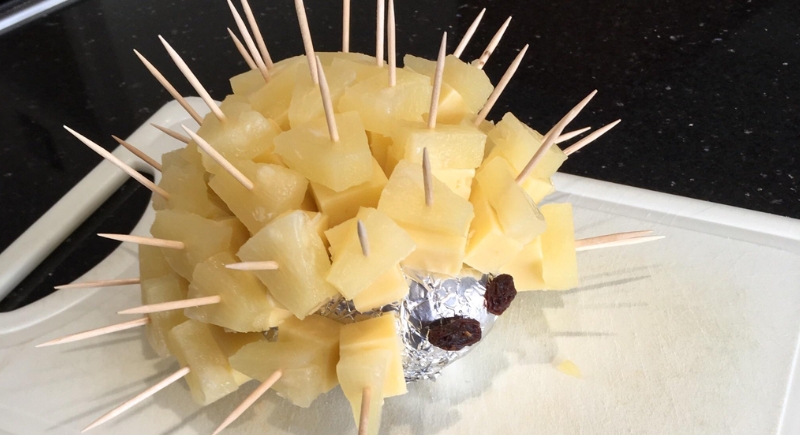
Credit: Reddit
Party hosts in the 1970s often served a melon or grapefruit wrapped in foil and studded with cocktail sticks holding cubes of cheddar and chunks of pineapple. Arranged to look like a spiky hedgehog, the display sometimes included raisin eyes or a carved radish nose for extra effect.
Space Food Sticks’ Futuristic Promise
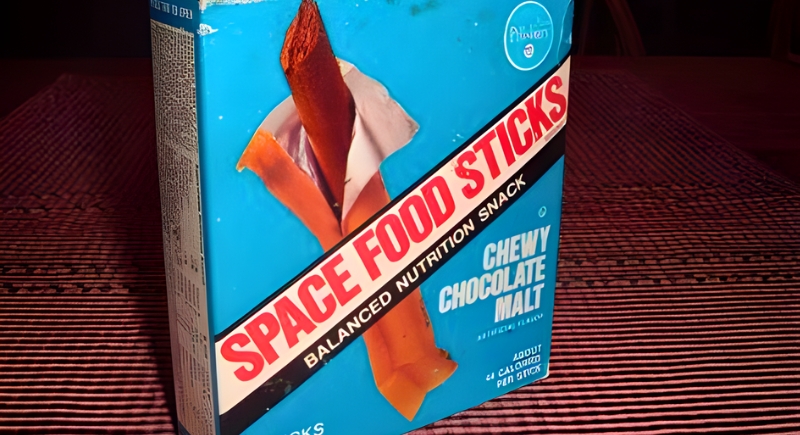
Credit: Reddit
Space Food Sticks were created in the 1960s with NASA and reached grocery shelves in the 1970s as chewy energy snacks. They came in chocolate and peanut butter flavors and were marketed as everyday astronaut food. Kids drawn to the excitement of space exploration helped make them a brief trend.
Wacky Cake’s Pantry Magic

Credit: Wikimedia Commons
Wacky Cake got its name from its unusual preparation: no eggs, no butter, and no bowl. The ingredients went straight into the pan, where vinegar and baking soda teamed up to help the mixture rise. The recipe dates back to wartime rationing, but it resurfaced in the ’70s.
Olive Loaf’s Processed Pizzazz
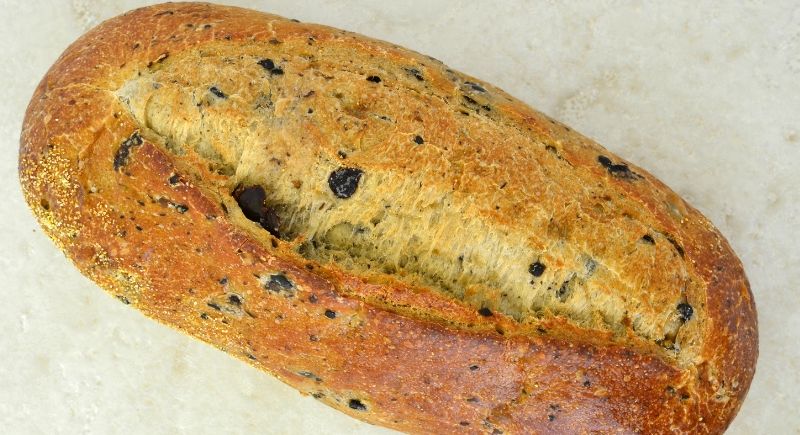
Credit: Getty Images
Meat dotted with green olives doesn’t sound appetizing today, but olive loaf was once a popular deli item. It was usually made with bologna and suspended pimentos. Oscar Mayer pushed it hard during a surge in bologna consumption, banking on Americans’ willingness to embrace anything uniform and cheap.
Tang’s Space-Age Sales Pitch
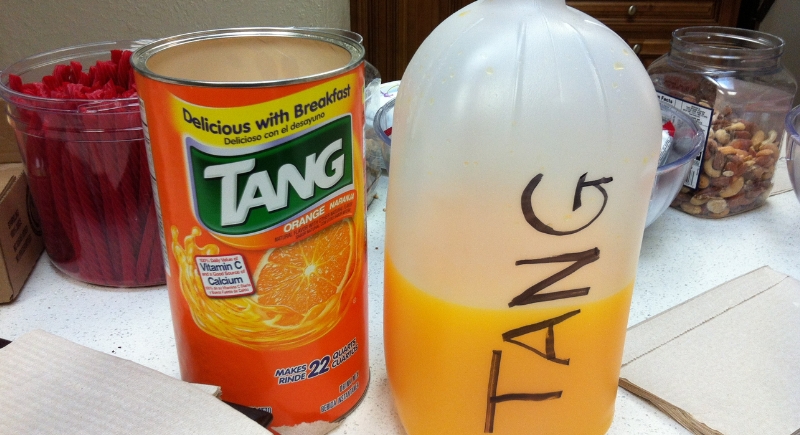
Credit: Wikimedia Commons
Tang was not invented for NASA, but it gained wide attention after astronauts used it during the Gemini missions. The powdered mix, bright orange in color, fit neatly into 1970s kitchens where it was an easy alternative to milk and a sweet option for kids at breakfast.
Watergate Salad’s Political Legacy

Credit: Wikimedia Commons
This oddly named dessert featured pistachio pudding, canned pineapple, mini marshmallows, and whipped topping. It started as “Pistachio Pineapple Delight” in a Kraft recipe, but the name “Watergate Salad” took off, possibly as a tongue-in-cheek nod to the political scandal.
Baked Alaska’s Fiery Finale
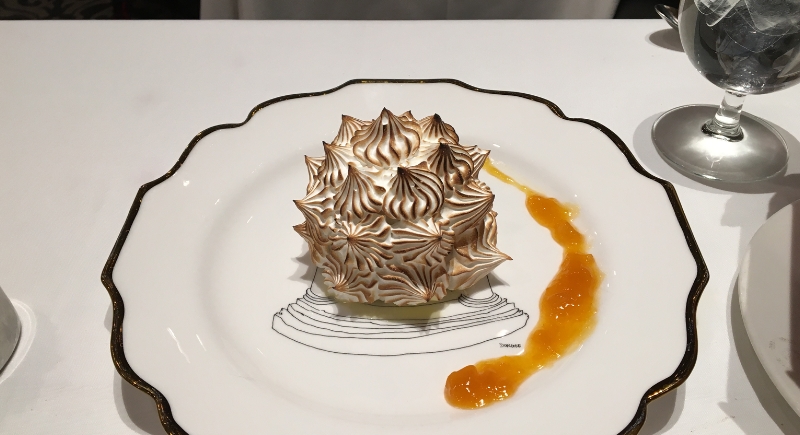
Credit: Wikimedia Commons
Baked Alaska paired sponge cake, ice cream, and meringue in a single dessert. Restaurants often served it flambéed at the table, which made it a popular choice for parties in the 1970s. The dish had been around for much longer, but its popularity faded as microwave ovens became common.
Coronation Chicken’s Curry Twist
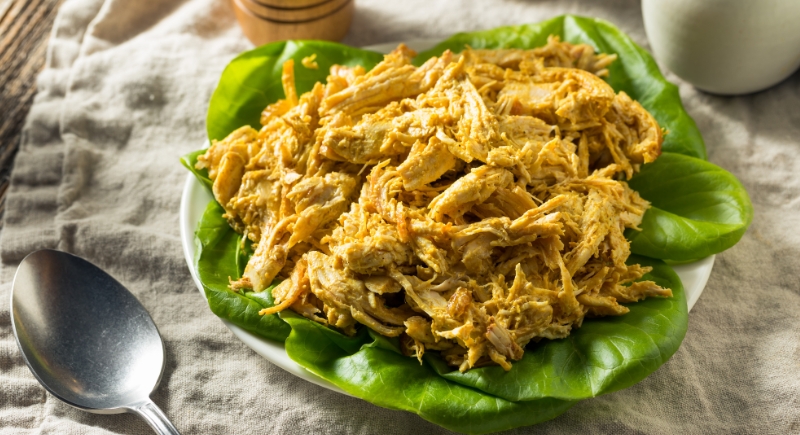
Credit: Getty Images
Coronation Chicken was created in Britain for Queen Elizabeth II’s coronation in 1953. The dish was a chilled chicken salad with a creamy curry dressing, often served with rice or lettuce. Variations sometimes added raisins or sultanas for sweetness.
TV Dinners On Metal Trays
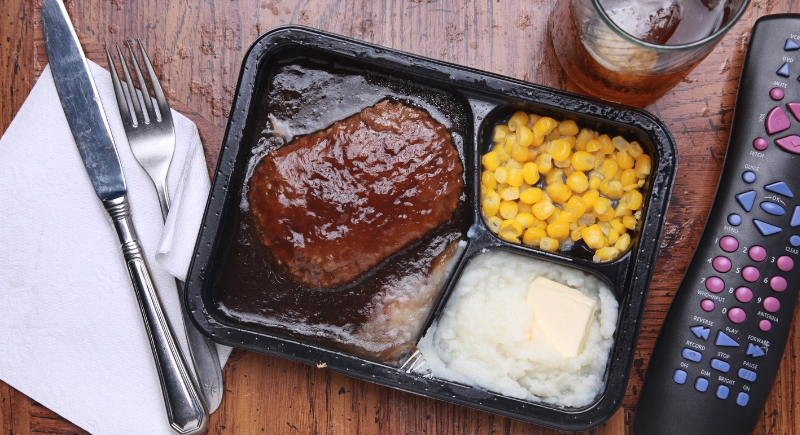
Credit: Getty Images
By the 1970s, TV dinners had become a weeknight staple. They offered convenience with just an oven and a bit of patience. Meals arrived in aluminum trays with separated compartments for meat, mashed potatoes, peas, and sometimes even a brownie.
Pineapple Upside Down Cake’s Sugary Flip
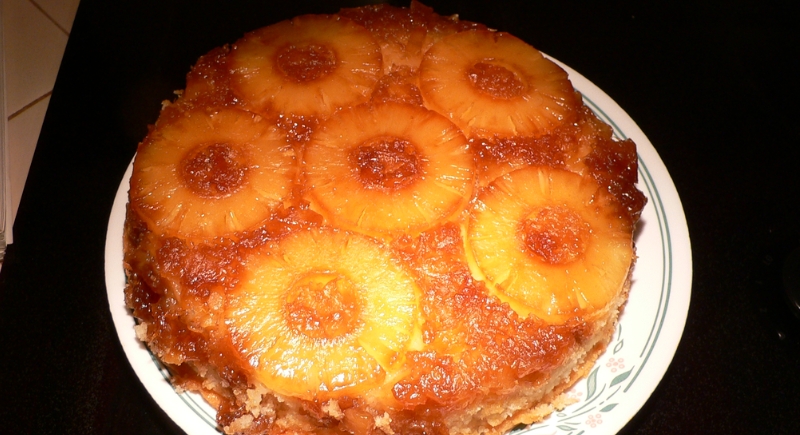
Credit: Wikimedia Commons
Layering canned pineapple rings with maraschino cherries on the bottom of a cake pan was a decorating shortcut that defined Pineapple Upside Down Cake. Once baked, it flipped into a gooey, golden-brown dessert with caramelized fruit. Its popularity was tied to the novelty of canned goods and the ease of preparation.
Country Captain’s Curious Origins
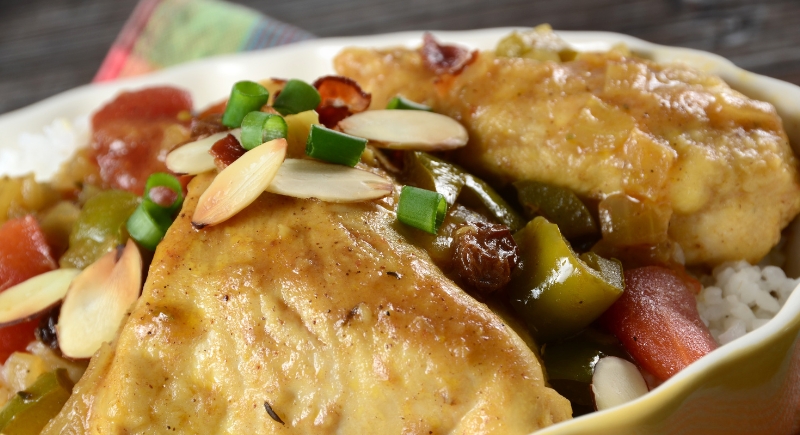
Credit: Getty Images
Country Captain was a chicken dish cooked in a tomato-based curry sauce. It appeared in cookbooks like The Joy of Cooking and was rumored to have originated from a British sea captain. Though the story varies, the dish blended Indian spices with Southern ingredients.
Crepes Suzette’s Flaming Flourish
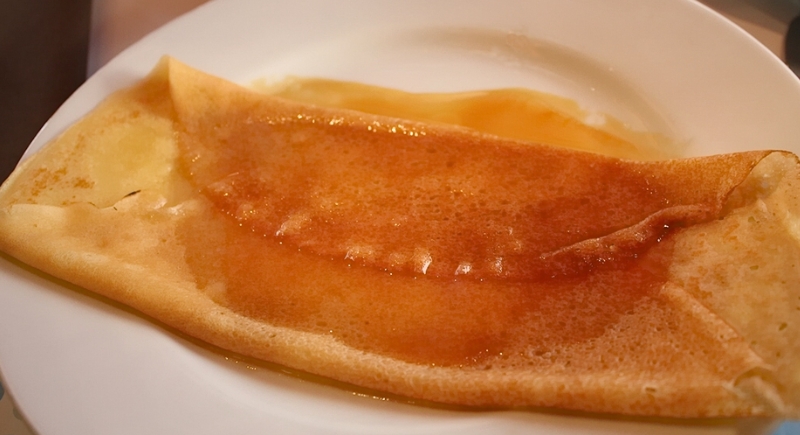
Credit: Wikimedia Commons
Crepes Suzette was less about taste and more about drama. Thin crepes were bathed in a buttery orange sauce spiked with Grand Marnier, then set aflame just before serving. French cuisine was wildly trendy in the 1970s, and this dish gave diners a taste of elegance.
Black Forest Cake’s Layered Showstopper

Credit: Wikimedia Commons
This German dessert featured a chocolate sponge cake layered with cherries, whipped cream, and sometimes kirsch (cherry brandy). Known in Europe as Black Forest Gateau, it gained American fans during the ’70s party era. Over time, lighter, simpler desserts took their place, and this once-celebrated cake became a bakery relic.